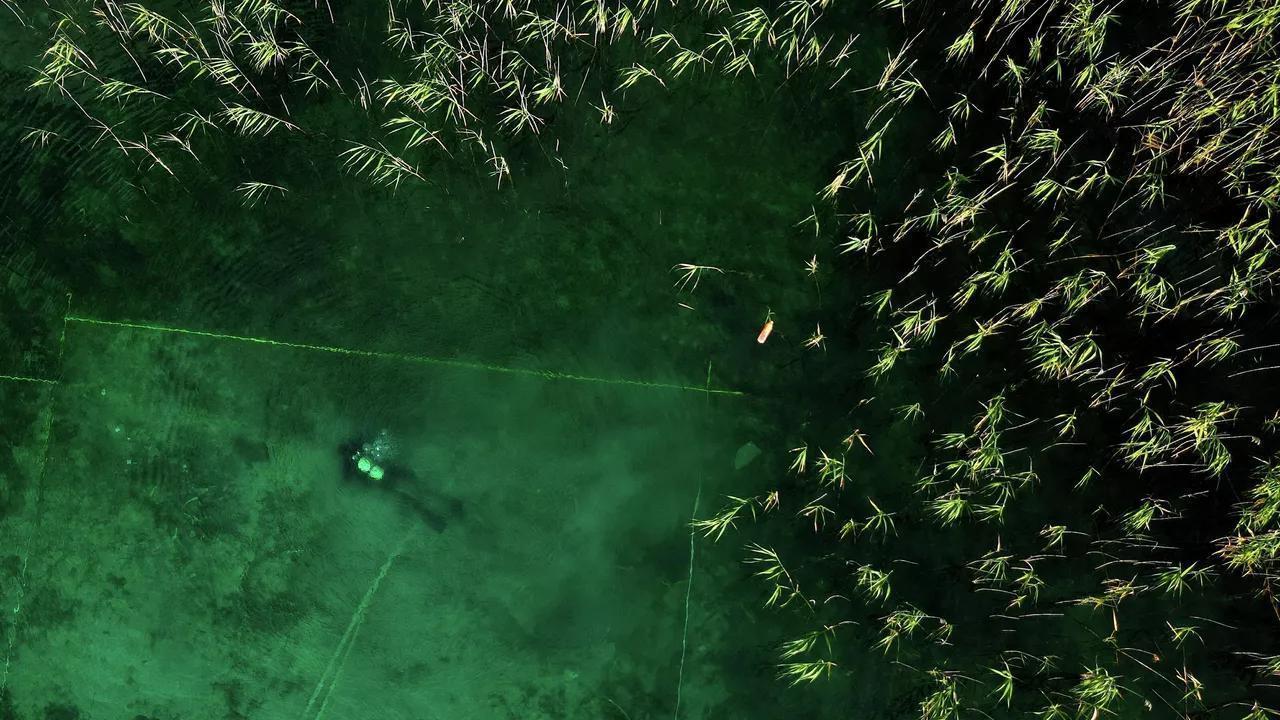Africa-Press – Lesotho. The site, located along the Albanian shore of Lake Ohrid, predates other lakeside villages in Europe by several hundred years. Radiocarbon dating places the remarkable settlement between 6000 and 5800 B. C. , making it a key find in the field of European Neolithic history.
Researchers have revealed Europe’s earliest known stilt village beneath the tranquil waters of Lake Ohrid, and is now raising questions as to why its inhabitants fortified their homes behind a vast wall of defensive spikes.
Led by professor Albert Hafner from the University of Bern in Switzerland, an international team of archaeologists spent the past four years excavating the submerged ruins at Lin on the Albanian side of Lake Ohrid.
The stilt houses, built above the lake’s surface or in areas frequently submerged, were home to an estimated 200 to 500 inhabitants. The excavation has uncovered a remarkable discovery: evidence suggesting the village was protected by thousands of spiked planks forming a defensive barrier.
To construct the fortress, the villagers cleared a significant portion of the surrounding forest. However, the reasons behind the need for such extensive fortifications remain a puzzle for researchers.
Albanian archaeologist Adrian Anastasi emphasized the meticulous nature of their research, conducted carefully to avoid damaging the site. The lush vegetation surrounding the area has made excavation a slow but necessary process.
According to current findings, the village likely relied on agriculture and domesticated livestock for sustenance. Seeds, plants and animal bones discovered on-site provide clues about the villagers’ diet and lifestyle.
However, complete exploration and analysis of the site are expected to take up to 20 years before conclusive insights can be drawn. Each new excavation trip provides valuable data, helping researchers reconstruct the lives of the ancient Lake Ohrid inhabitants—shedding light on everything from their dwelling structures to their social organization. Hafner emphasized the importance of such prehistoric sites not just for the region but for all of southwestern Europe.
For More News And Analysis About Lesotho Follow Africa-Press






